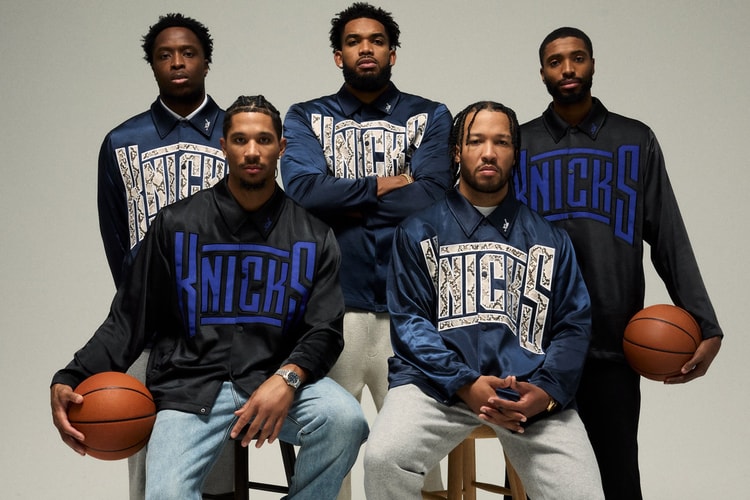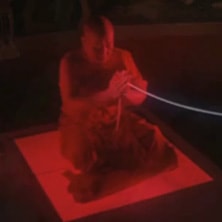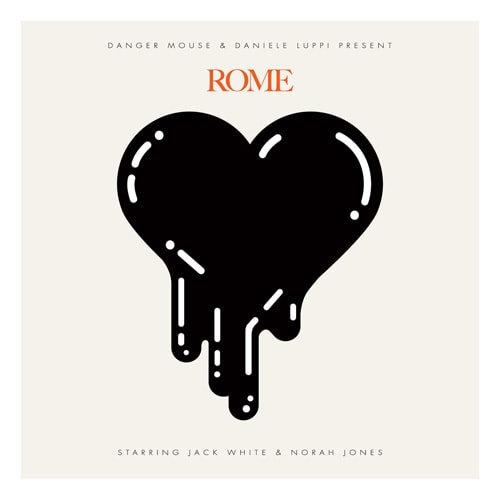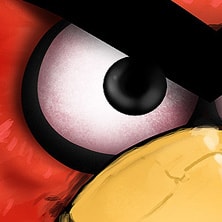The New York Times: New York Subway’s Long Dance With a Typeface
The MTA New York Subway system has seen itself visually defined by its appropriately chosen
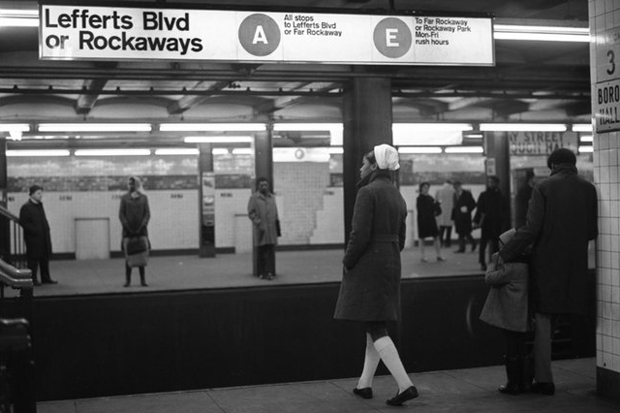
The MTA New York Subway system has seen itself visually defined by its appropriately chosen usage and adoption of Helvetica as its font. Together with colorful bubbles, the visual pairing has become an icon in its own sense creating a familiarity for both locals and visitors alike. American design historian Paul Shaw penned a book that discusses the relationship of Helvetica and the New York subway system in a book titled Helvetica and the New York City Subway System. A recently posted article in the New York Times discusses Helvetica’s prominence in America during the 1960s, and its reasoning for adoption and desire to create a unified visual language for all travelers. Excerpts of the article can be seen below with a full look at the article seen here. A 2011 reprint of Paul Shaw’s book can be ordered via the book’s official website.
If ever a typeface was destined to symbolize a city, it is Helvetica and New York. Like other great New Yorkers, Helvetica came from somewhere else: the small Swiss town of Münchenstein, where it was developed in the mid-1950s by an obscure designer, Max Miedinger, for the Haas Type Foundry. True to émigré tradition, it dumped its original name — Neue Haas Grotesk when it arrived in the United States, in favor of one easier for Americans to pronounce.
The makeover worked. Helvetica flourished in America, becoming the typeface of choice for 1960s designers who wanted their work to look modern. Among them were Bob Noorda and Massimo Vignelli, who chose Helvetica as the typeface for New York’s subway signs when they redesigned them in the late 1960s. You can still see it on the latter-day version of their scheme: the thousands of signs on New York’s subway trains, stations and platforms.
It looks so comfortable there, not just because it is familiar, but because its character mirrors the city’s. Helvetica is simple in shape with no decorative details; like New Yorkers it is tough, blunt and pragmatic.
Hey presto! Except that the story isn’t quite so straightforward, as Mr. Shaw explains. Helvetica did not become ubiquitous in the New York subway system until the 1990s. Before that, efforts to introduce it were stymied by a soap-operatic cacophony of budget cuts, transit strikes, shoddy production and feeble management.
Helvetica wasn’t the only casualty. As Mr. Shaw explains in his foreword, the history of the subway system had been an unrelenting “struggle between centripetal and centrifugal forces,” starting in 1904 with its first line, the Interborough Rapid Transit’s route from City Hall to the Bronx. Another company was brought in to build the second line, and a third for the next one. By the time the three lines were merged in 1940, the system was hopelessly fragmented.
This chaos was reflected in subway signs, which included the IRT’s original mosaic station names and a motley assortment of enameled, glazed and hand-painted signs in different colors, formats and typefaces. The title of a 1957 proposal to redesign the system said it all: “Out of the Labyrinth: A plea and a plan for improved passenger information in the New York subways.”
The key to the success of any information design program is clarity, especially so for a subway system. Passengers, including out-of-towners, rely on its signs to guide them around a vast, often tangled network of underground tunnels, in which they have no other means of identifying where they are. They often need to read them quickly, distracted by crowds of passengers and noisy trains.



